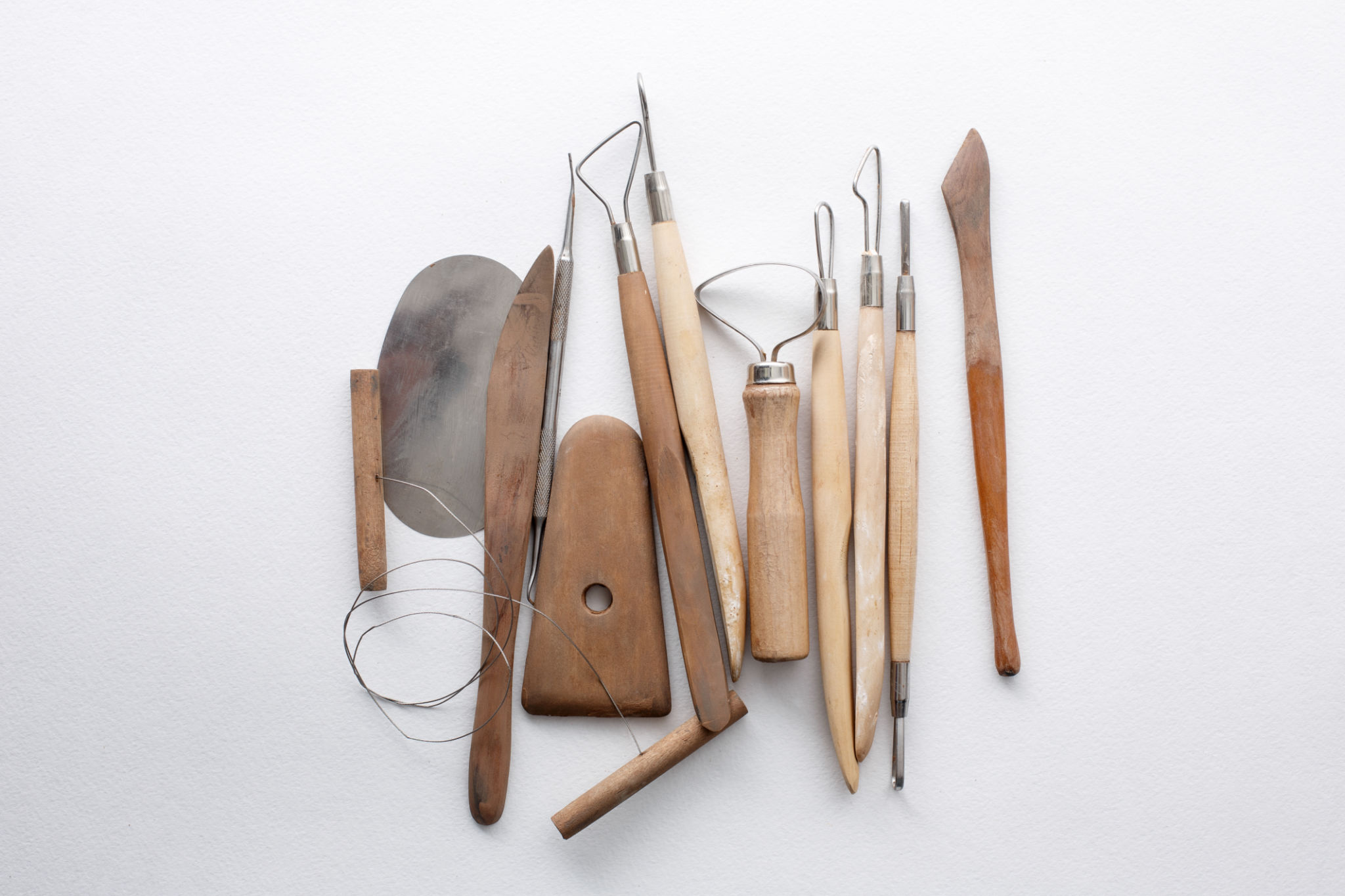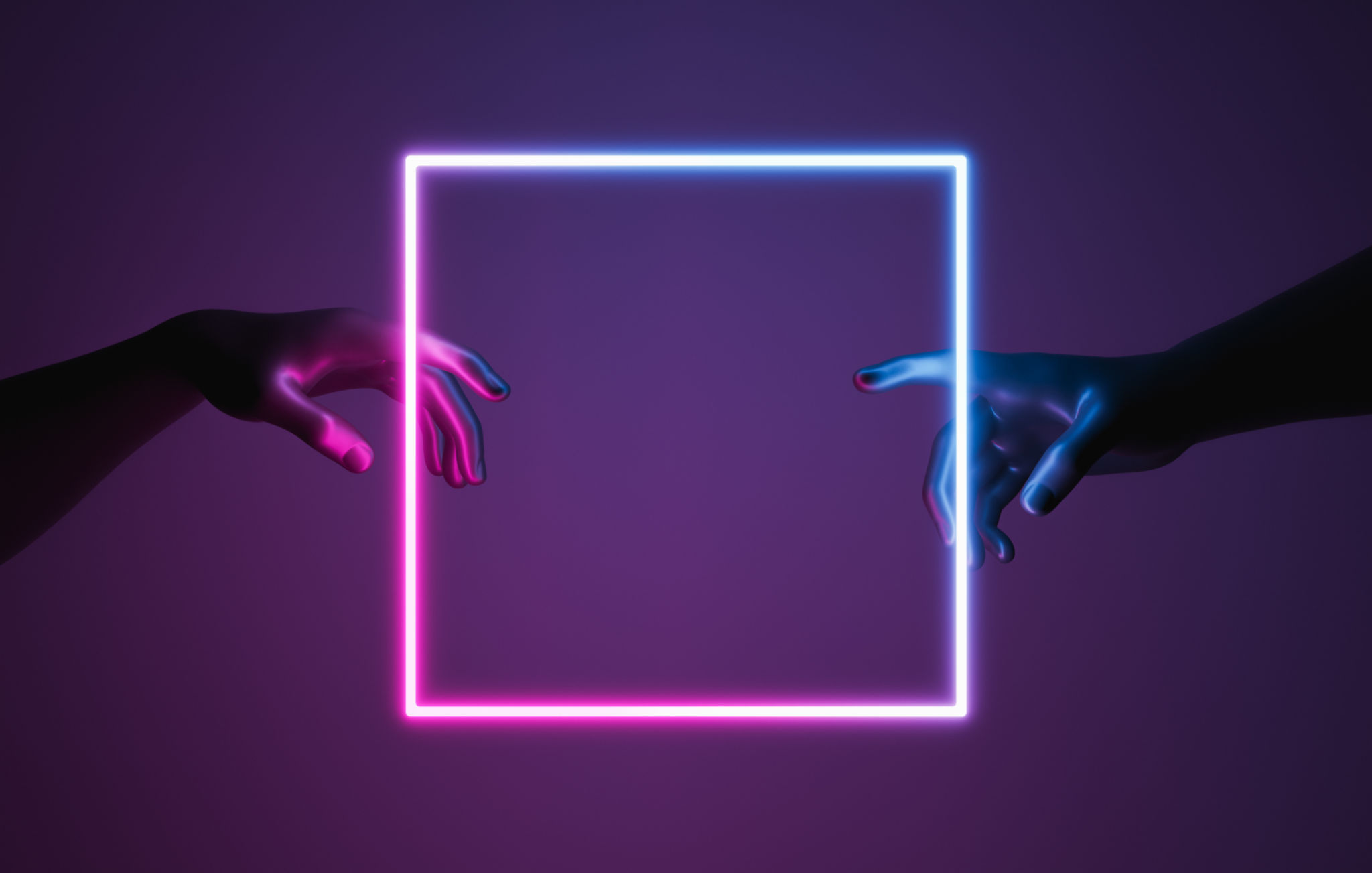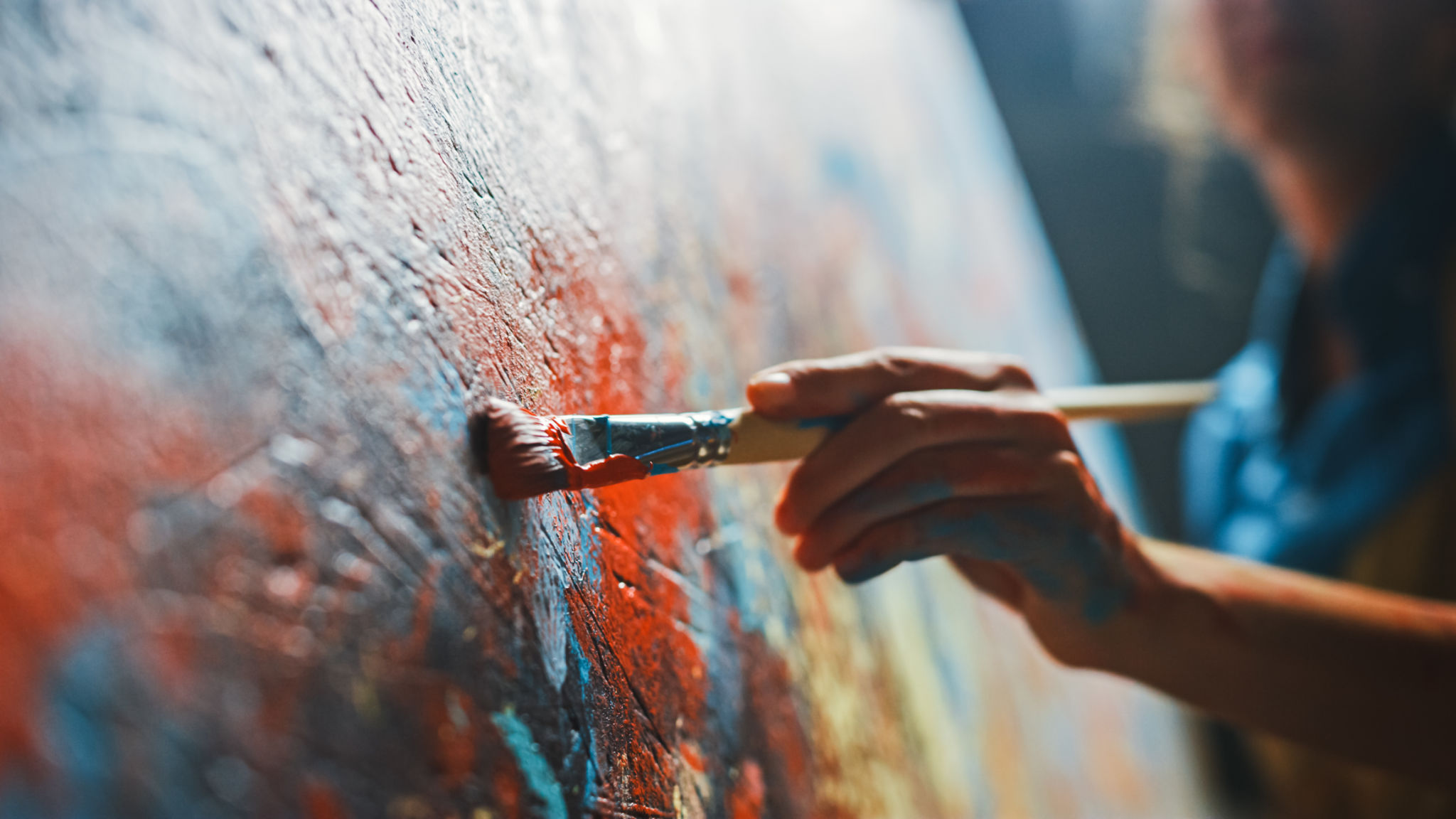Comparing Digital Art to Traditional Art: Making the Right Choice
Introduction to Art Forms
Art has always been a medium of expression, capturing emotions, stories, and perspectives through various forms. With the advent of technology, the art world has expanded to include digital platforms, leading to the emergence of digital art alongside traditional art forms. Both digital and traditional art have their unique characteristics, advantages, and challenges. Understanding these differences can help in making the right choice for artists and enthusiasts alike.

Understanding Traditional Art
Traditional art refers to any artwork created using physical mediums such as canvas, paper, paint, and clay. It encompasses a wide range of techniques like painting, drawing, sculpture, and printmaking. One of the main appeals of traditional art is its tactile quality. The physical interaction between the artist and the medium can create a deeply personal and unique piece.
Traditional art often requires more space and resources for creation and storage. It is valued for its authenticity and can be considered an investment due to its ability to appreciate over time. However, creating traditional art can be time-consuming and may involve higher costs for materials and tools.
Techniques and Tools
The techniques involved in traditional art vary based on the medium used. For example:
- Painting: Techniques such as oil, watercolor, acrylics, and gouache offer diverse textures and finishes.
- Drawing: Pencil, charcoal, and ink allow for detailed illustrations and designs.
- Sculpture: Clay, stone, and metal provide three-dimensional forms that engage viewers in different ways.

The Rise of Digital Art
Digital art utilizes technology as its primary tool for creation. Artists use software programs and digital tools to produce artworks that can be easily shared, replicated, and modified. This form of art is accessible, versatile, and provides endless possibilities for creativity.
The flexibility of digital tools allows artists to experiment without the fear of making irreversible mistakes. Many digital platforms offer layers, undo options, and a wide array of brushes and effects that can enhance the creative process. Additionally, digital art can be easily distributed and sold online, reaching a global audience with minimal effort.
Benefits of Digital Art
Choosing digital art comes with several advantages:
- Cost-Effectiveness: Initial investments may include a tablet or computer, but ongoing costs are minimal compared to traditional supplies.
- Portability: Digital tools allow artists to create anywhere without the need for physical materials.
- Eco-Friendly: Digital art reduces the need for physical resources, making it a sustainable option.

Making the Right Choice
The decision between digital and traditional art ultimately depends on personal preference, goals, and resources. Artists who enjoy the tactile experience and value the uniqueness of physical pieces might lean towards traditional art. On the other hand, those who appreciate flexibility and accessibility might find digital art more appealing.
For beginners, exploring both mediums can provide valuable insights into different techniques and styles. Many artists today blend both forms to create hybrid works that harness the strengths of each medium.
Conclusion
Both digital and traditional art offer unique opportunities for creative expression. By understanding their distinct characteristics, artists can make informed choices that align with their artistic vision. Whether choosing one form or combining both, the key is to embrace creativity and continue exploring new avenues in the ever-evolving world of art.
